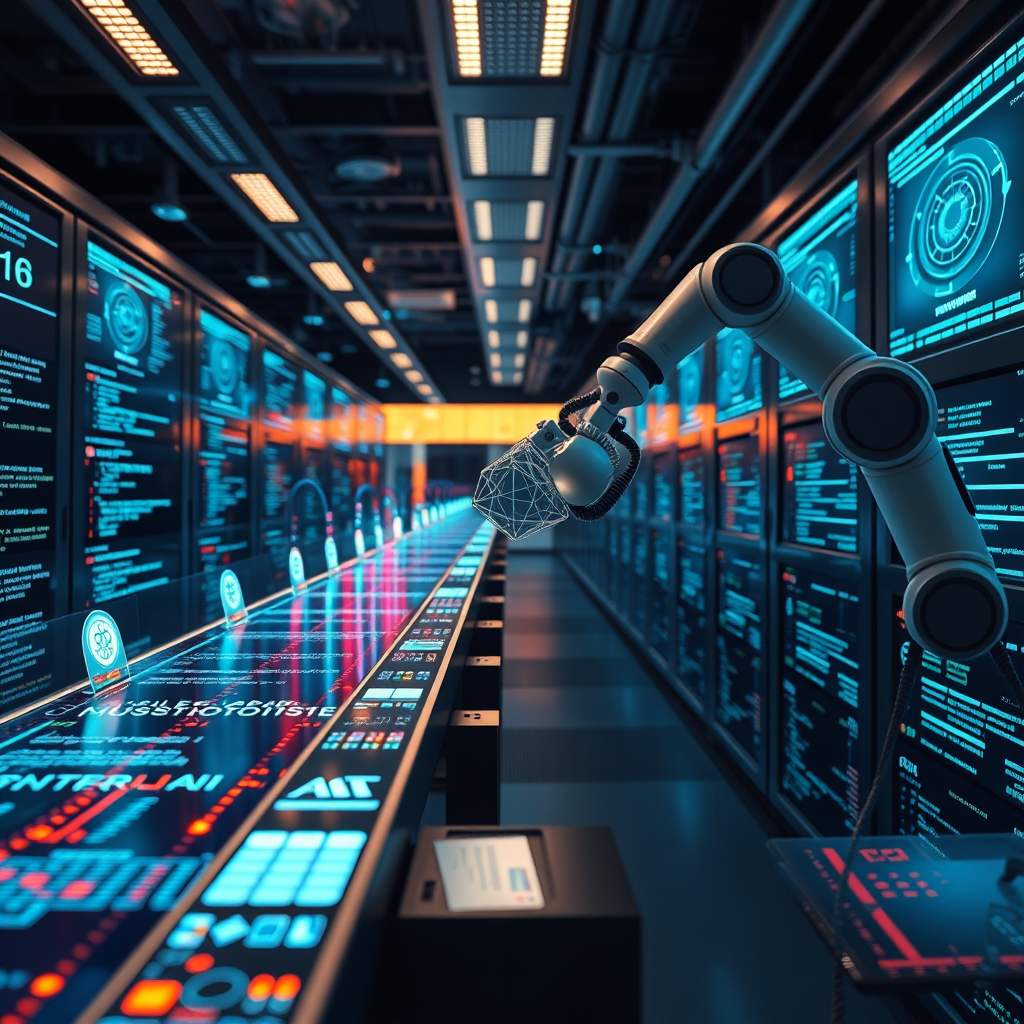
Introduction\n\nThe rapid rise of artificial intelligence has reshaped how companies build, test, and ship software. Traditional web applications could be rolled out with a few clicks, but machine‑learning models carry data, statistical assumptions, and a lifecycle that is far more fragile. As a result, DevOps teams are forced to rethink every stage of the pipeline—from data ingestion to model validation, from deployment to monitoring. In this post we explore how continuous deployment, a hallmark of modern software engineering, is being adapted to meet the unique demands of AI systems. We’ll look at the pitfalls that arise when you treat a model like a static binary, the importance of versioning both code and data, and the emerging tools that help teams keep models in production without sacrificing reliability.\n\n## Main Content\n\n### The Evolution of DevOps in the AI Era\nDevOps was born out of the need to deliver code faster and more reliably. When AI entered the picture, the same principles applied, but the artifacts changed. Instead of a compiled executable, the artifact is now a trained model, a set of feature engineering scripts, and a data pipeline. This shift requires new governance around data provenance, model lineage, and compliance. Teams that once focused on unit tests now need to incorporate statistical tests that verify distribution shifts and performance regressions.\n\n### Unique Challenges of Deploying Machine Learning Models\nDeploying a machine‑learning model is not a simple “push to production” operation. First, the model’s performance depends on the data it receives; a shift in input distribution can cause a sudden drop in accuracy. Second, models are often trained on large, proprietary datasets that cannot be exposed to the public. Third, the inference latency and resource consumption can vary dramatically across environments, making it hard to guarantee service level agreements. Finally, regulatory requirements around explainability and bias add another layer of complexity that traditional CI/CD pipelines were never designed to handle.\n\n### Building Robust Continuous Deployment Pipelines for AI\nA well‑architected AI pipeline starts with data versioning. Tools like DVC or Delta Lake allow teams to treat raw data as first‑class citizens, ensuring that every model is reproducible. Next comes automated training, where hyperparameters are tuned in a controlled environment and the resulting artefacts are stored in a model registry. The registry acts as a single source of truth, tracking model lineage, performance metrics, and metadata. Continuous integration then runs a battery of tests: unit tests for feature extraction, statistical tests for data drift, and integration tests that verify the model’s inference API behaves as expected. When all tests pass, the model is promoted to a staging environment where A/B testing or shadow deployments can validate real‑world performance before a full rollout.\n\n### Monitoring, Validation, and Governance in AI Pipelines\nOnce a model is live, the work is far from over. Continuous monitoring is essential to detect concept drift, data poisoning, or performance degradation. Production dashboards should surface key metrics such as latency, throughput, and accuracy, and alert engineers when thresholds are breached. Validation pipelines that re‑evaluate the model against a hold‑out dataset help catch regressions early. Governance frameworks enforce policies around model explainability, fairness, and compliance. By integrating these checks into the pipeline, teams can maintain trust in their AI services while still benefiting from rapid iteration.\n\n### Case Study: A Real‑World AI Deployment Workflow\nConsider a fintech company that uses a credit‑scoring model to approve loan applications. The data pipeline ingests transaction logs, cleans and normalizes them, and feeds them into a nightly training job. The model registry stores version 1.0, 1.1, and so on, each tagged with performance metrics on a hold‑out set. A CI job runs unit tests on the feature extraction code, a drift test compares the current input distribution to the training distribution, and an integration test verifies the REST endpoint returns the expected probability. If all checks pass, the model is promoted to a blue‑green deployment where 5% of traffic is routed to the new version. Monitoring dashboards track approval rates and error rates in real time. If a sudden spike in false positives is detected, the pipeline automatically rolls back to the previous stable version while an alert is sent to the data science team.\n\n### Future Trends and Best Practices\nThe AI‑DevOps landscape is evolving rapidly. Containerization of models, serverless inference, and edge deployment are becoming mainstream, demanding even tighter integration between infrastructure and data science teams. Automation of data labeling, synthetic data generation, and automated hyperparameter tuning are lowering the barrier to entry for smaller organizations. Best practices emerging from the community emphasize reproducibility, observability, and governance as core pillars. By embedding these principles into the pipeline from day one, teams can scale AI deployments without compromising quality or compliance.\n\n## Conclusion\nContinuous deployment for machine‑learning systems is no longer a niche concern; it is a strategic imperative for any organization that wants to stay competitive in a data‑driven world. The challenges—data drift, model drift, regulatory compliance—are significant, but they can be mitigated with a disciplined approach that treats models as first‑class artefacts. By versioning data, automating training, integrating rigorous testing, and establishing robust monitoring, teams can achieve the same speed and reliability that DevOps promised for traditional software, while also meeting the unique demands of AI. The future will see even tighter integration between data science and operations, and those who adopt these practices early will reap the benefits of faster innovation cycles and higher trust in their AI services.\n\n## Call to Action\nIf you’re ready to bring your AI projects into the continuous delivery mindset, start by evaluating your current pipeline for gaps in data versioning, model registry, and monitoring. Adopt tools that support reproducibility and governance, and invest in training your teams to think of models as deployable artefacts. Join the growing community of AI‑DevOps practitioners, share your experiences, and stay ahead of the curve as the field evolves. Your next model could be the one that sets a new standard for reliability and speed in your organization.



